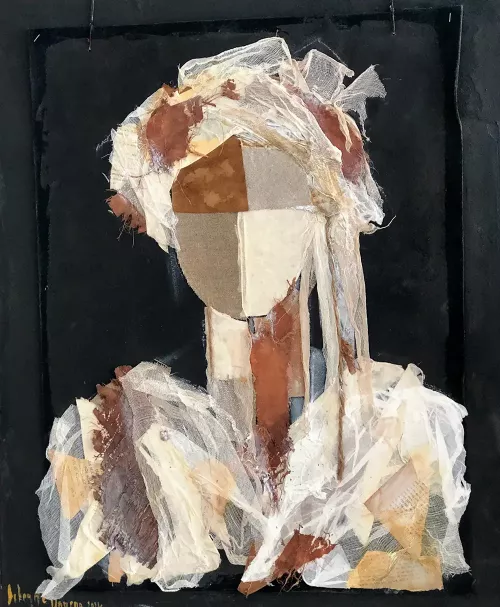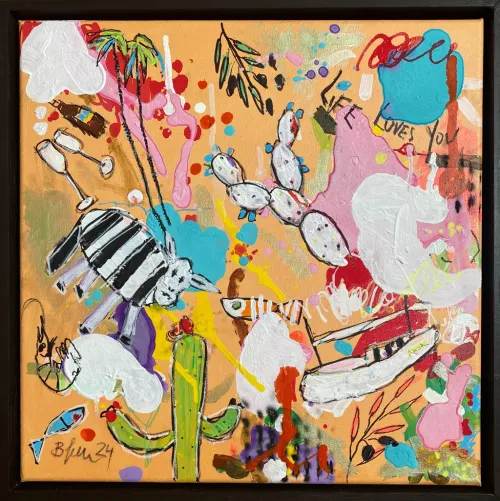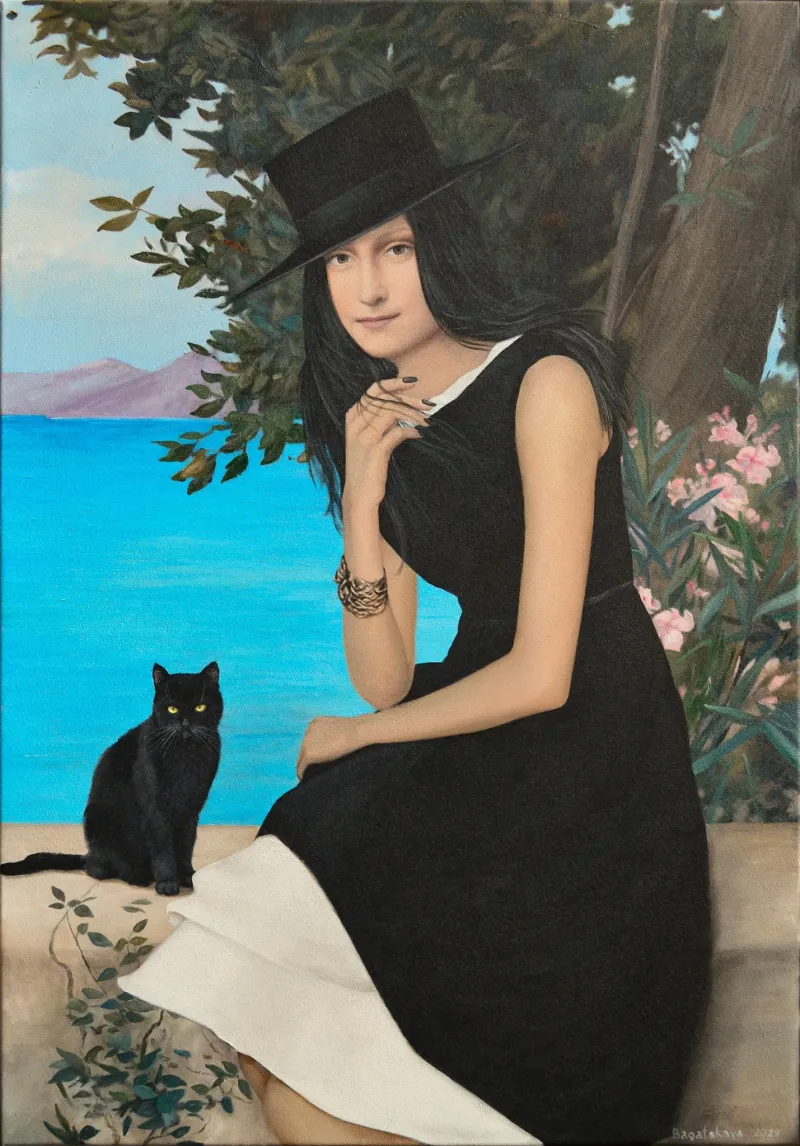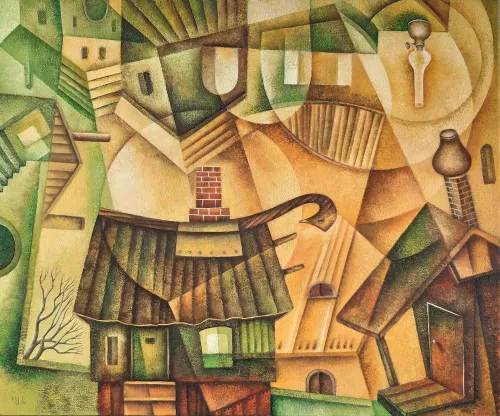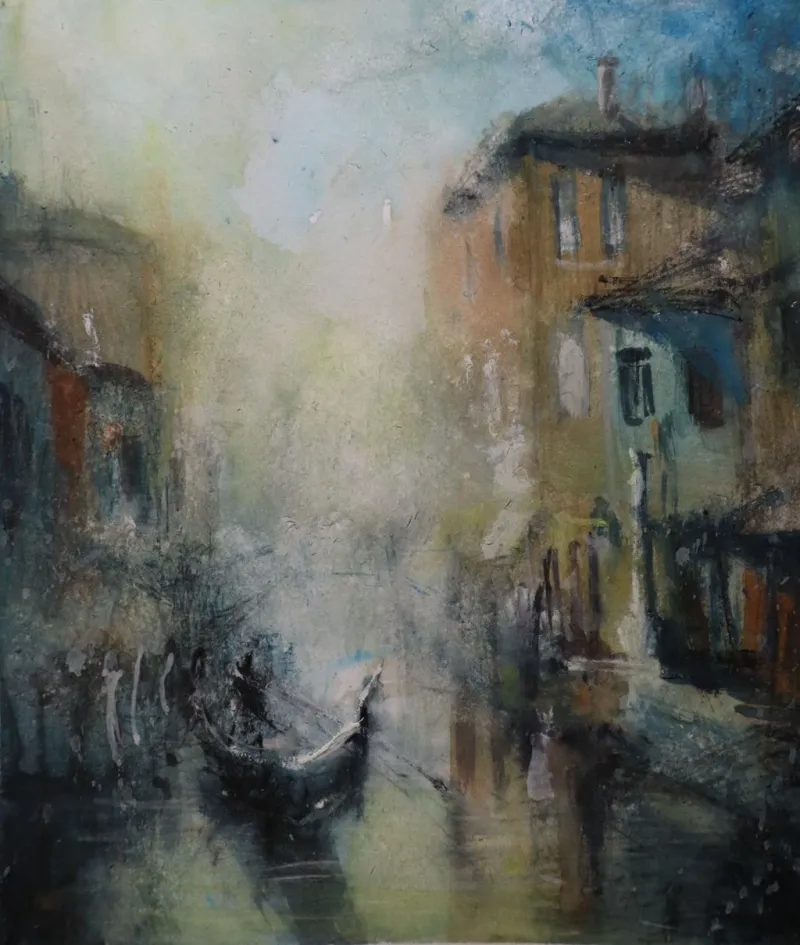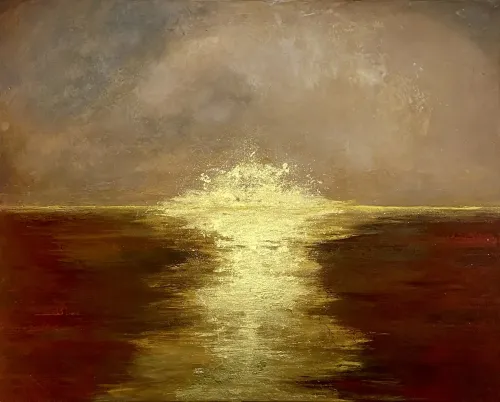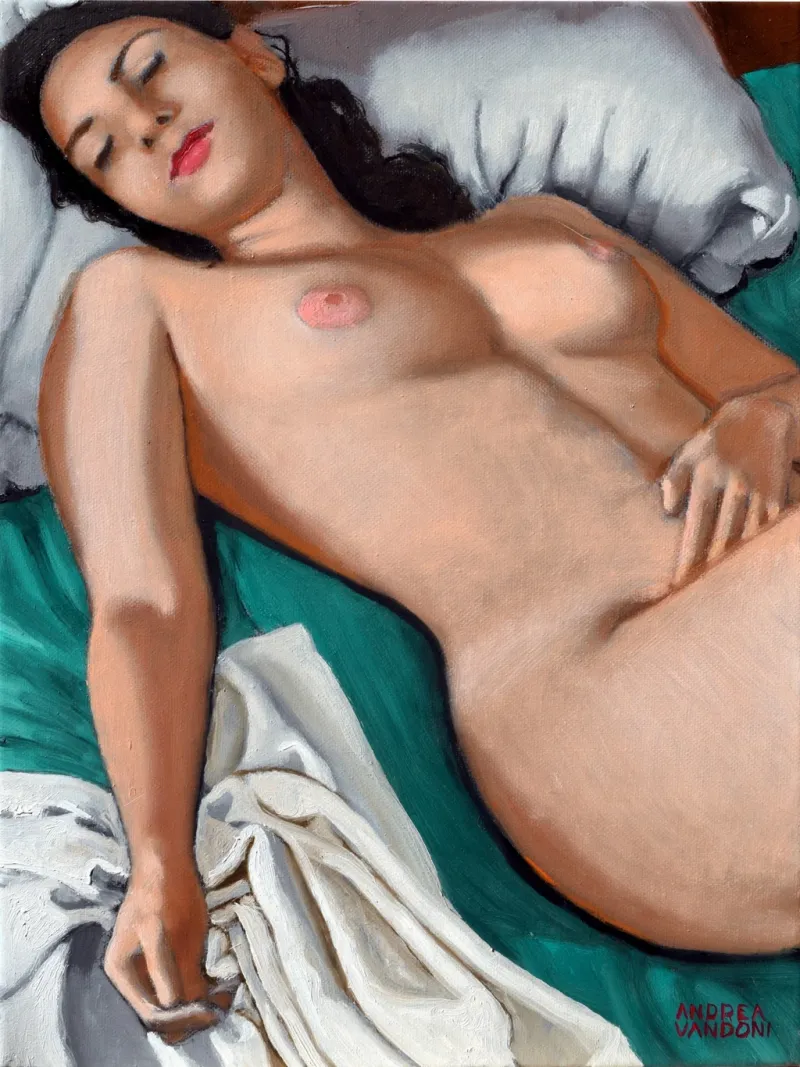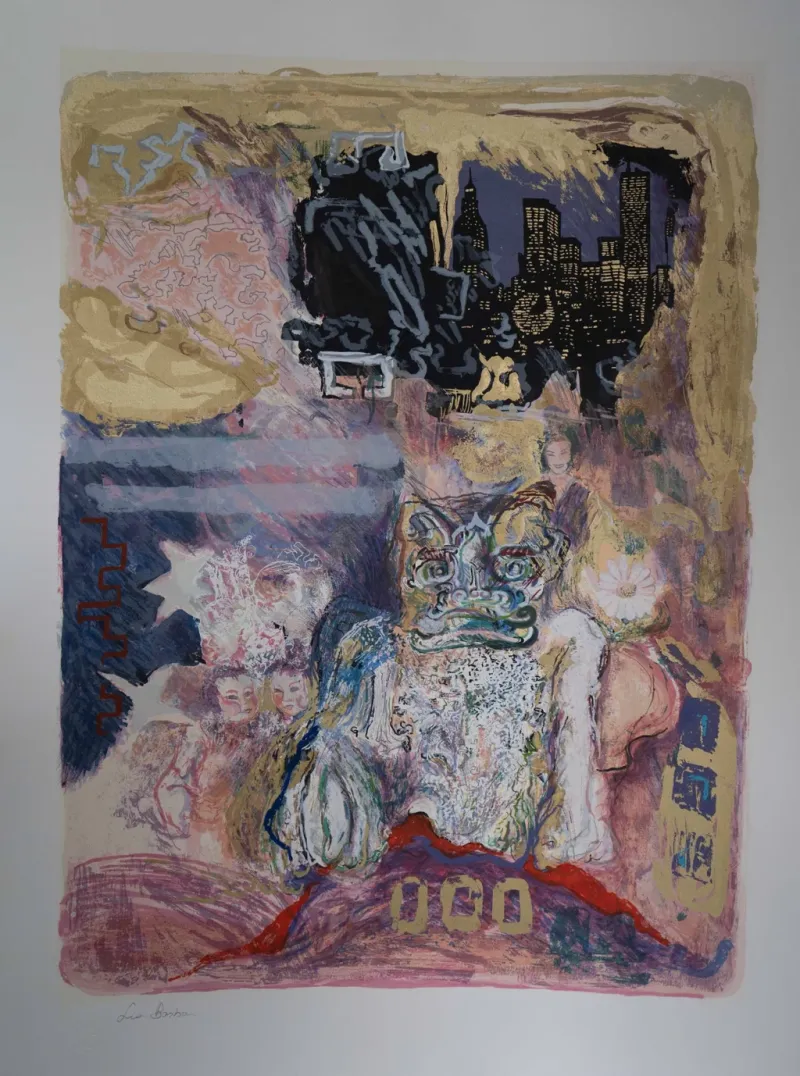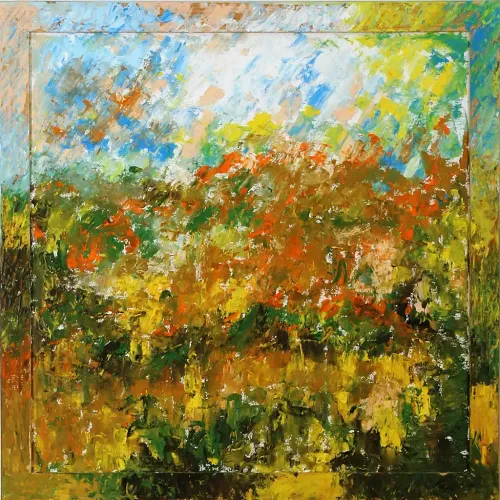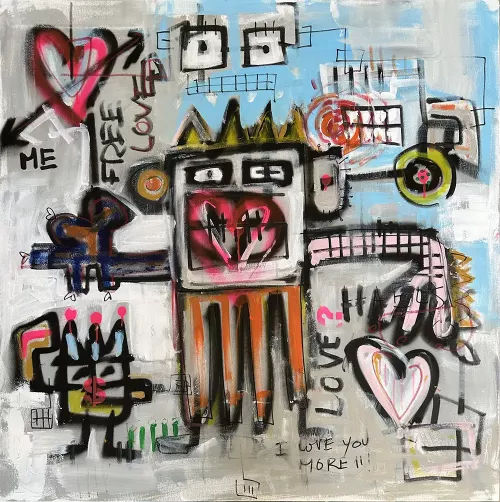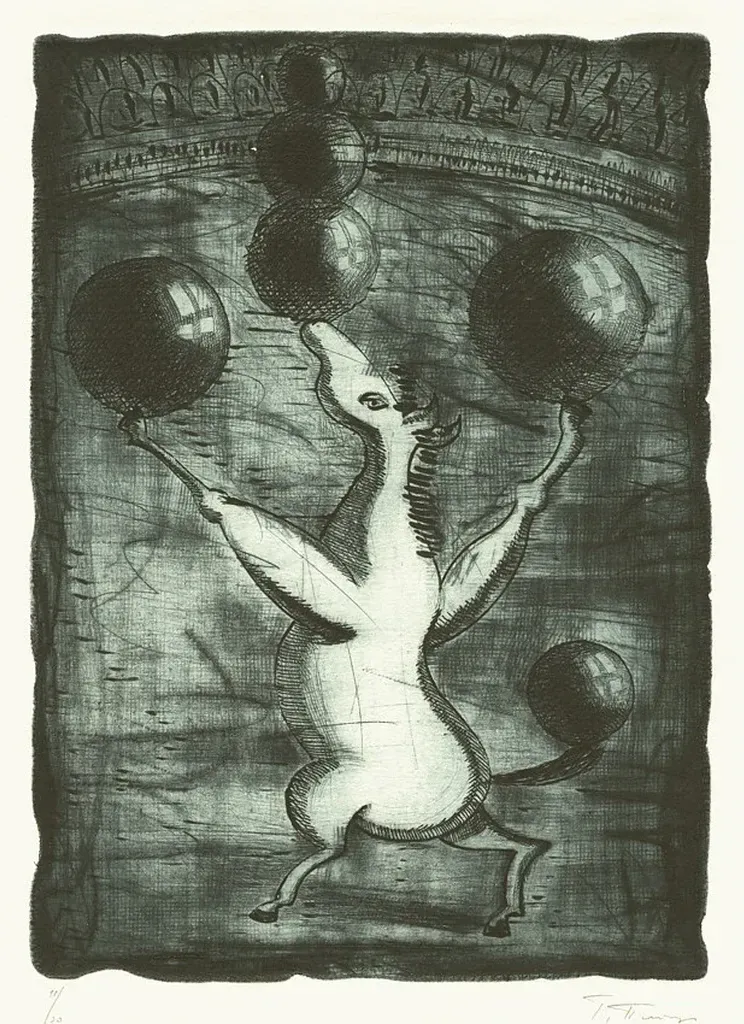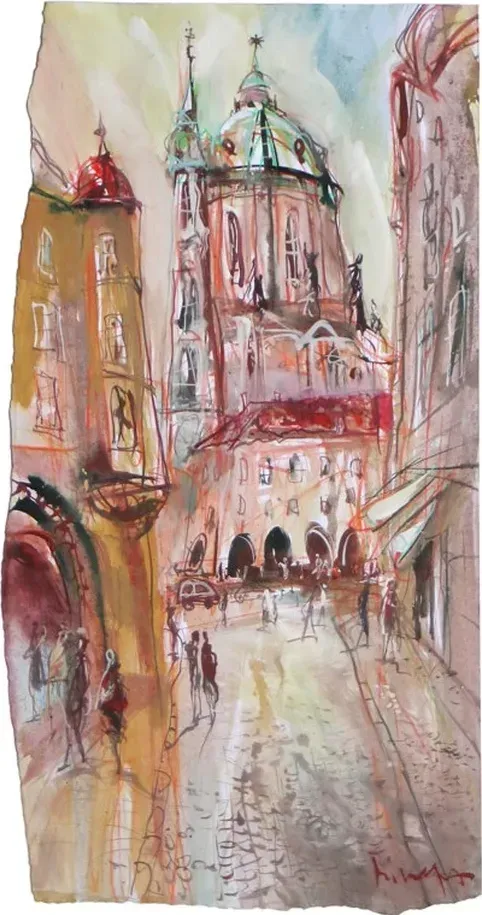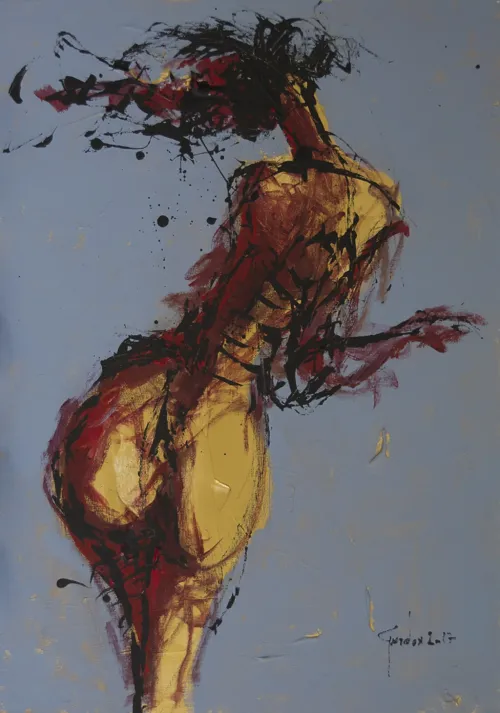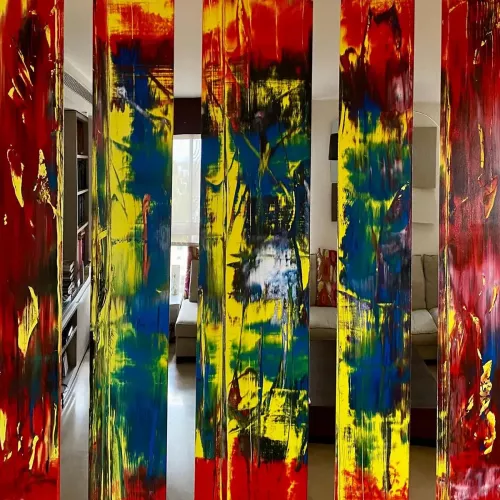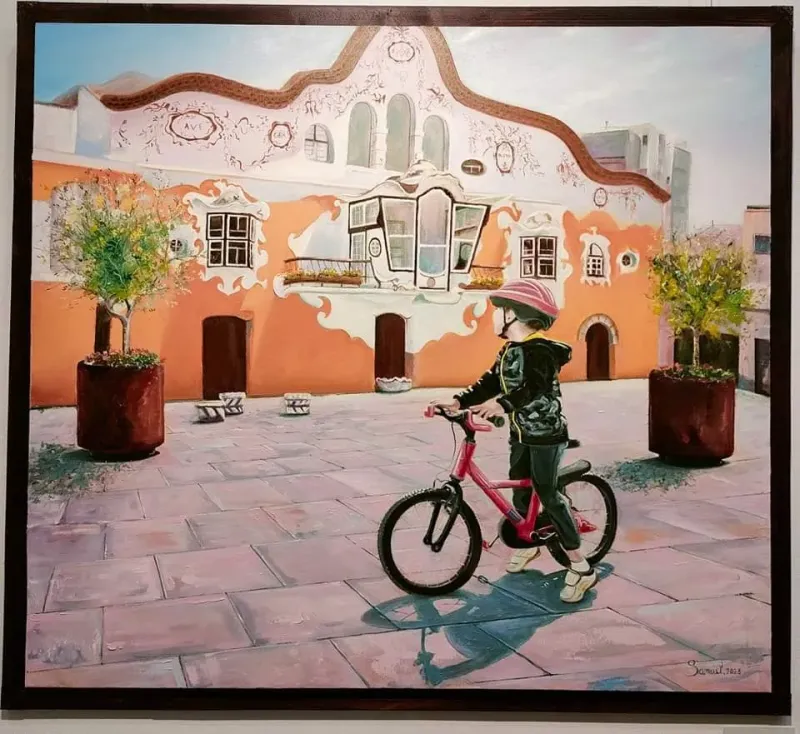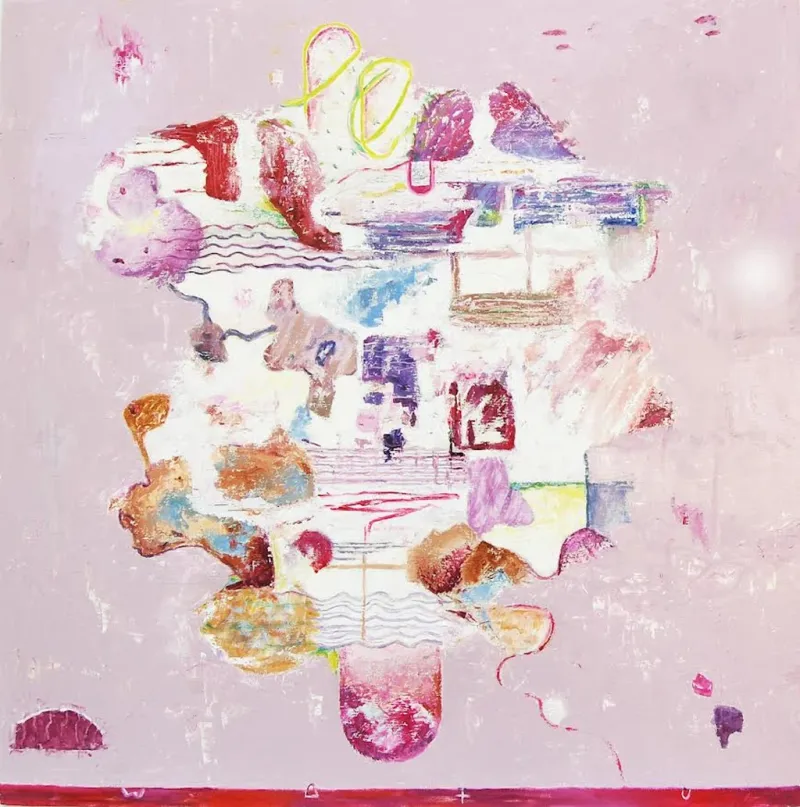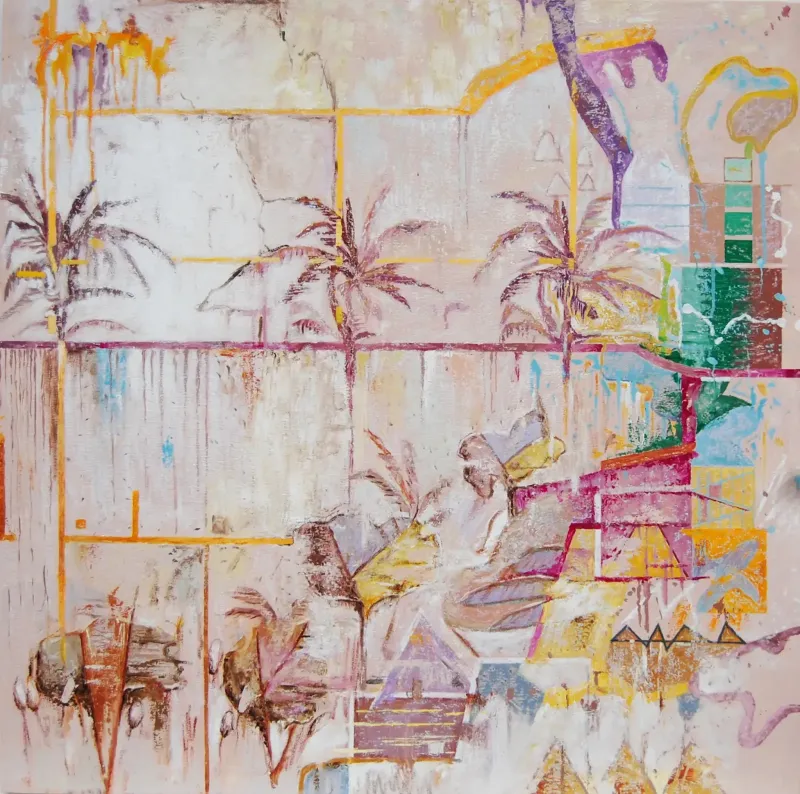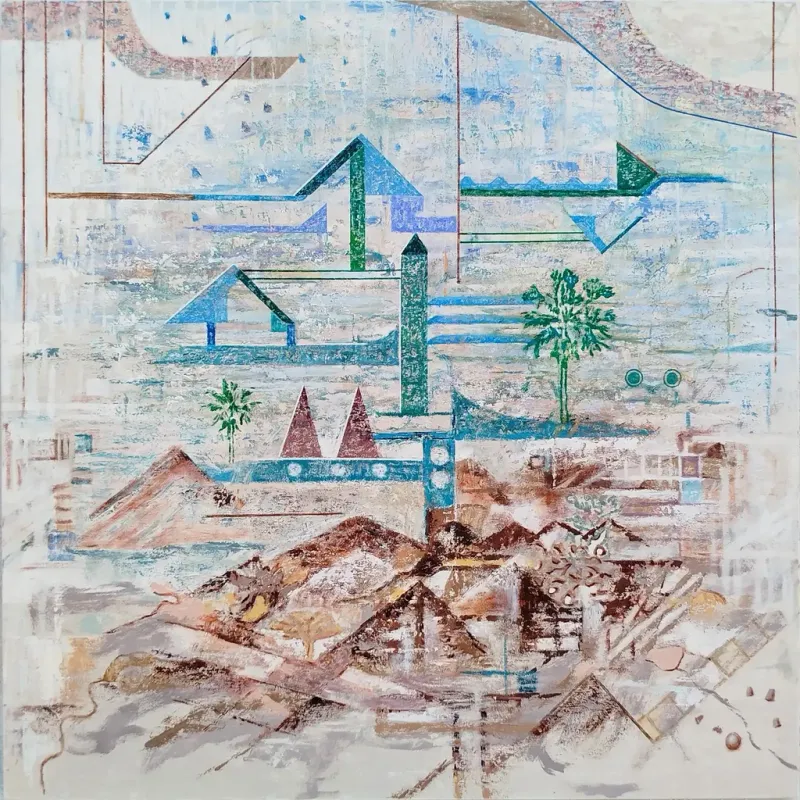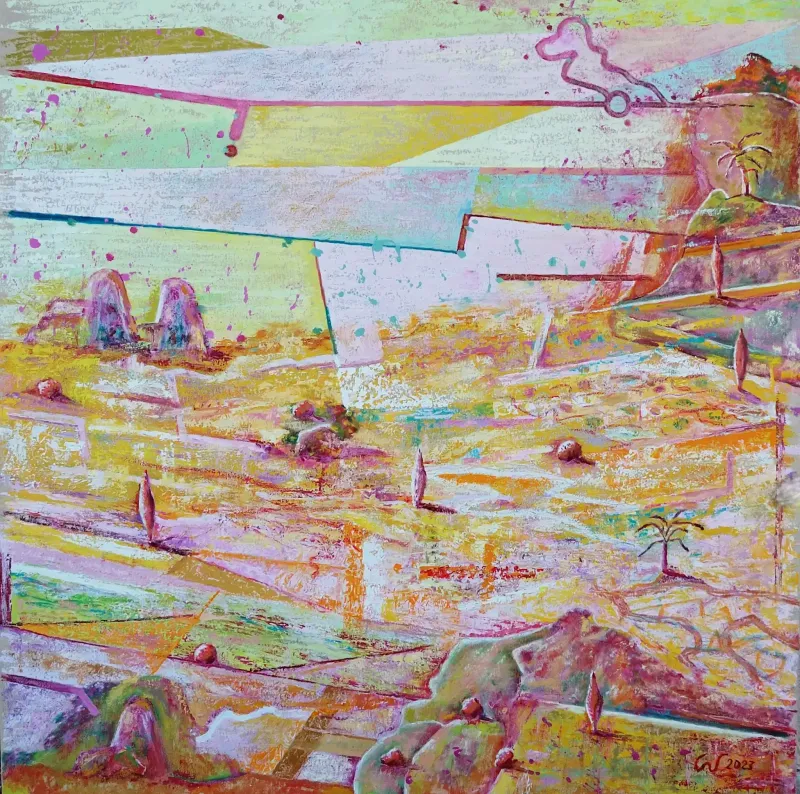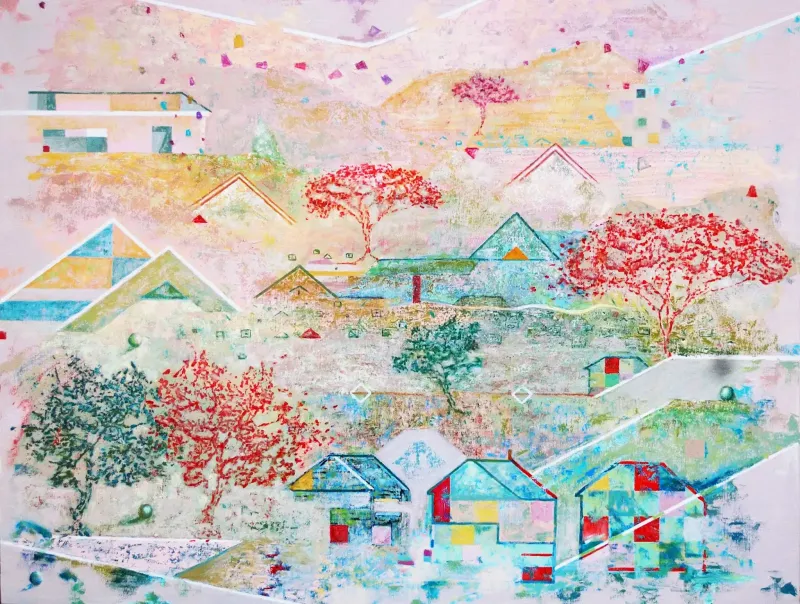Pol Ledent is a Belgian artist whose ever-evolving journey from realism to abstraction continues
Jose Maria Cal
Abstract | Expressionism | Figurative
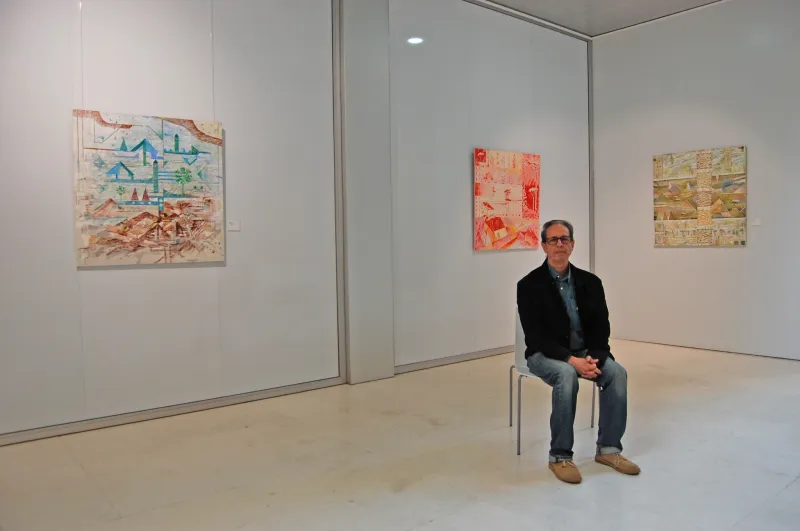
Jose Maria Cal's Paintings
(8)Highlights
Biography
Jose María Cal is a Valencian plastic artist. He currently has his painting studio in the small town of Petrés, Valencia (Spain).Valencia (Spain).
Surrounded by mountains and nature, it is the perfect space to develop his artistic work. He has lived in the city of Valencia, Spain. He also in the Valencian towns of Xabia, El Puig, Puzol, Tabernes Blanques and Petrés.
Youth and childhood
Because of his love and gift for painting, his father enrolled him in the Barreira Academy of Fine Arts in the city of Valencia. The painters he most admired as a child were Dalí, Picasso and Miró. He then made small surrealist paintings where the Universe was always present. To create his world, she painted and decorated all the walls and closets in his room. Later and due to his inclination towards the artistic, he studied Industrial Design in the city of Valencia. There he learned to really paint. He received classes in nude from life, drawing of the human figure, painting, materials, composition, perspective, study of tonal values, development of artistic projects, etc. All the students went out with the teacher to exhibitions in art galleries in Valencia.
In his Product Design studies, he painted watercolors of landscapes for a store in Valencia that sold paintings and drawings. He also worked for a couple of years drawing all kinds of component plans in a plastic bottle manufacturing line in Manises.
For twenty-three years he worked as a design engineer in an automobile components factory, where he made hundreds of drawings and creative studies with materials such as temperas, pastel pencils and markers in the development of his work. During that stage he was able to acquire an apartment in the city of Valencia and build his painting studio. There he was able to develop his first major works in acrylic painted on the floor and in a process of researching techniques with the use of materials such as marble dust and plaster. It was in the 2000s. His artistic influences in that period were Spanish painters such as Miquel Barceló, Miguel Angel Campano, Mompó, Gordillo and Jose María Sicilia. Later, during his time as a writer, he drew and illustrated all the graphic images contained in his travel, cooking and hospitality books.
Pictorial techniques and formats
After many years using acrylics in his paintings, he began using oil in combination with acrylic. He studied and researched glazes and glacis in oil. He used and tested different grades of varnishes in percentages of alkyd media, turpentine essence and poppy oil. Total absence of the use of black and white. Currently he is focused on abstract landscape painting and the use of spatulas, palettes and stencil printing. Incorporation of the use of white and its enormous possibilities and the application of broken colors (with burnt umber) or complementary ones. Much of his work remains semi-abstract, but he is often drawn outside of his studio by the desire to paint directly from nature. His creative process is always the same. He starts with pencil and marker sketches. Study of values (lights and shadows). The second phase consists of carrying out color studies in small format. Maximum in A4. In that space he can apply the color without conditions, intuitively and in total freedom, performing two or three triads or quadriads of colors in each test. From this small format he transfers those studies of colors and tones to the large format, normally a wooden frame with white canvas and in a size of 1 meter x 1 meter.
Sources of creative influence
The artist indicates that he is fundamentally nourished by nature. The sensations of enjoyment of it are represented in the form of sketches and written notes. He also draws from modern and futuristic architectural design, interior design, cinema and gastronomy. Other artists I am currently following include Rauchenberg, Helen Franquentaler, Jenny Nelson, Pam Evelyn, Ina Gerken and Joan Mitchell.
Conceptual Speech
Investigate and develop abstraction in the landscape. The landscape as the common thread of his work. How to synthesize and geometrize the figurative forms of the landscape itself. Contrapositions are the expressive axis. Flatness-volume, glaze and opacity, complementarity of colors. Saturated and broken tones. Horizontality-verticality. His compositions tend towards abstraction, with a clear intention to represent figuration at the same time. He is interested in the search for light through the vibrations produced by the successive layers of the palimpests. Memories and emotions of the child and adolescent that he was are often present.
Reference figures
His reference artists are Tapies, Andrew Bird, Richard Dieberkorn, Stephen Duren, Piet Raemdock, Pauline Agnew, Danny Gretscher and Vered Gersztendorn among others.
He belongs to the ArteEnred association to be able to share and exhibit works with them within the Spanish Artistic Circuit.
Meet WeArt's artists
View all artists-
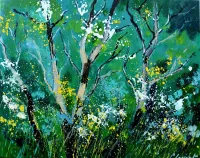
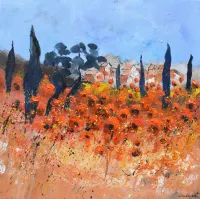
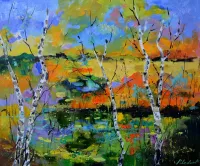
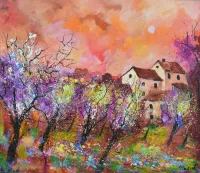
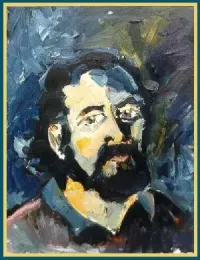 Pol LedentImpressionism | FigurativeLEARN MORE
Pol LedentImpressionism | FigurativeLEARN MORE -
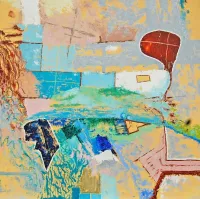

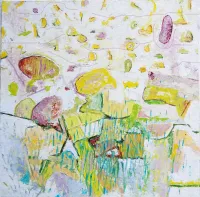
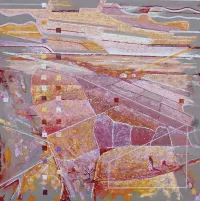
 Jose Maria CalAbstract | Expressionism | Figurative
Jose Maria CalAbstract | Expressionism | FigurativeJose María Cal is a Valencian plastic artist. He currently has his painting studio in the small
LEARN MORE -
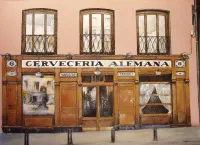
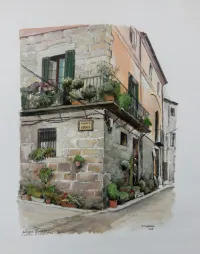
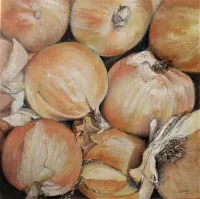
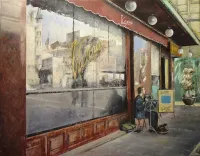
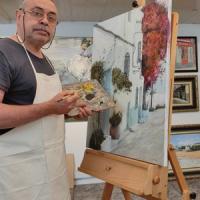 Tomas CastanoRealism | Figurative
Tomas CastanoRealism | FigurativeTomas Castaño is an artist with a wide international exhibition record and works in collections
LEARN MORE -
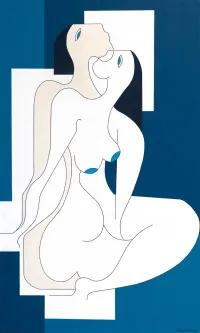
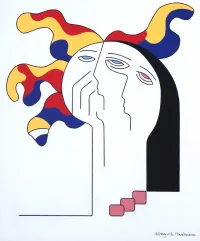
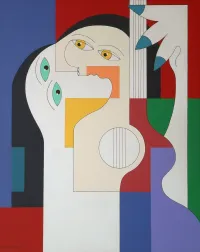
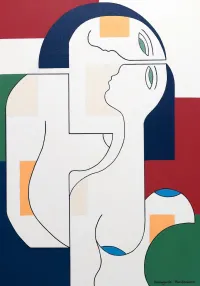
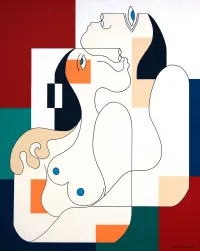 Hildegarde HandsaemeAbstract | Cubism | Minimalism
Hildegarde HandsaemeAbstract | Cubism | MinimalismHildegarde Handsaeme is celebrated for her contemporary and distinctive style, where clean
LEARN MORE -
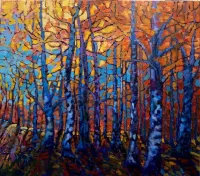
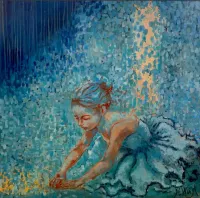
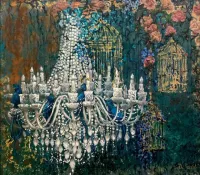
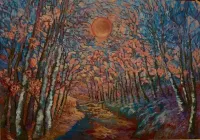
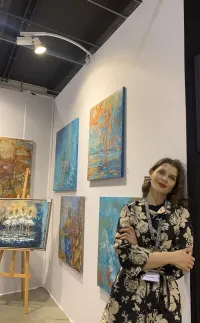 Natalia WustImpressionism | Figurative
Natalia WustImpressionism | FigurativeNatalia was born and raised in Moldova. Her passion for art inspired her to enroll in the
LEARN MORE -
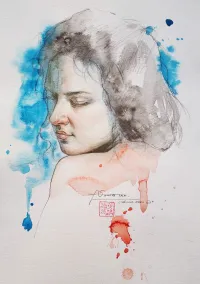
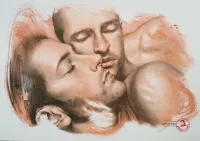
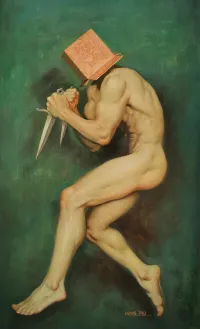
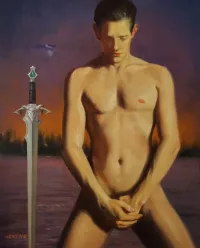
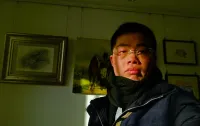 Hongtao HuangSurrealism | Figurative
Hongtao HuangSurrealism | FigurativeHongtao Huang is a Chinese artist whose deeply personal work explores the beauty of the human
LEARN MORE -
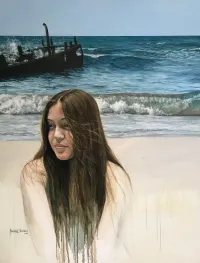
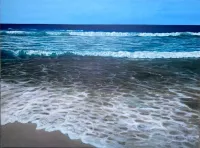
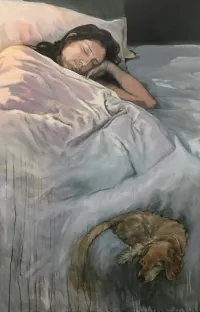
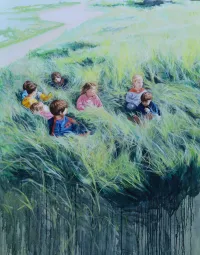
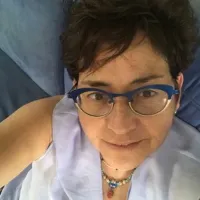 Marilen Vivanco SterenbergRealism | Contemporary
Marilen Vivanco SterenbergRealism | ContemporaryMarilen Vivanco Sterenberg is a renowned Israeli painter, born in 1963.
LEARN MORE -
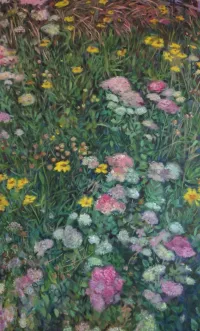
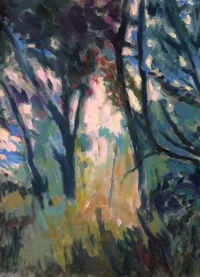
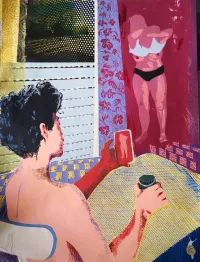
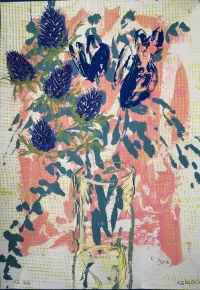
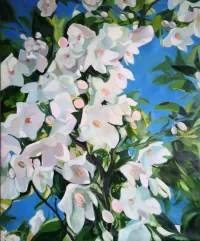 Anyck Alvarez KerlochRealism | Impressionism | Figurative | Minimalism
Anyck Alvarez KerlochRealism | Impressionism | Figurative | MinimalismAnyck Alvarez Kerloch – A Multidisciplinary Artist Blending Technique and Emotion
LEARN MORE -
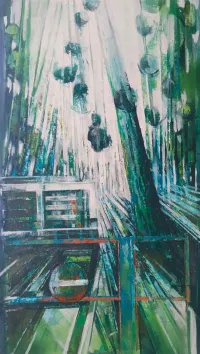
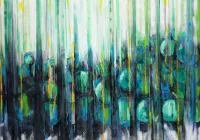
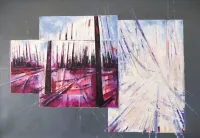
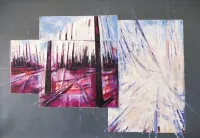 Akos Esse BankiAbstract
Akos Esse BankiAbstractAkos Esse Bánki is a Hungarian artist and educator who studied at the University of Fine Arts in
LEARN MORE -
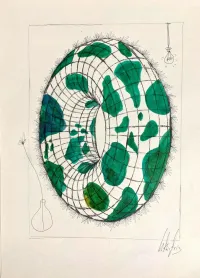
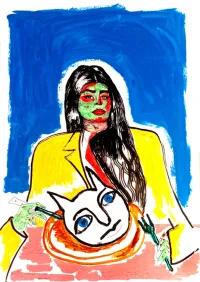
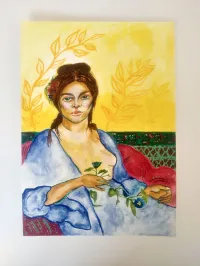
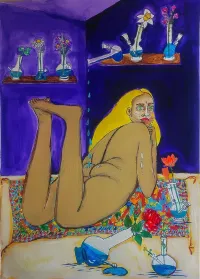
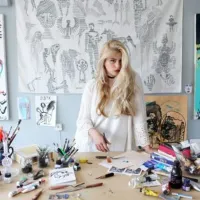 Korin AbisdrisExpressionism | Surrealism
Korin AbisdrisExpressionism | SurrealismCorinne Avisedris is a multidisciplinary artist, a graduate of Bezalel Jerusalem, who creates
LEARN MORE
Events around the world
View all events around the world-
DISCOVER CONTEMPORARY ART INNOVATIONS AT RED DOT MIAMI 2024
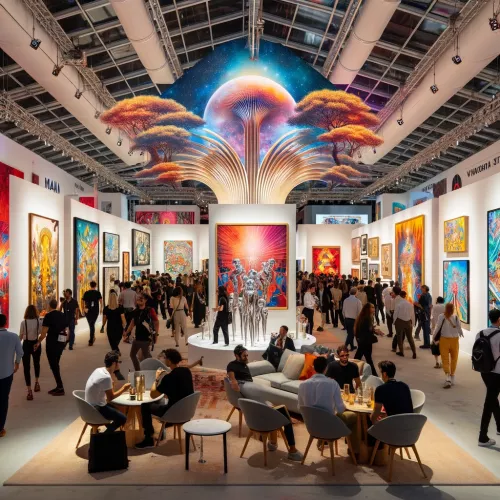 United States / MiamiArt FairsDec 4 - Dec 8, 2024learn more
United States / MiamiArt FairsDec 4 - Dec 8, 2024learn more -
ARDINGLY INTERNATIONAL ANTIQUES & COLLECTORS FAIR
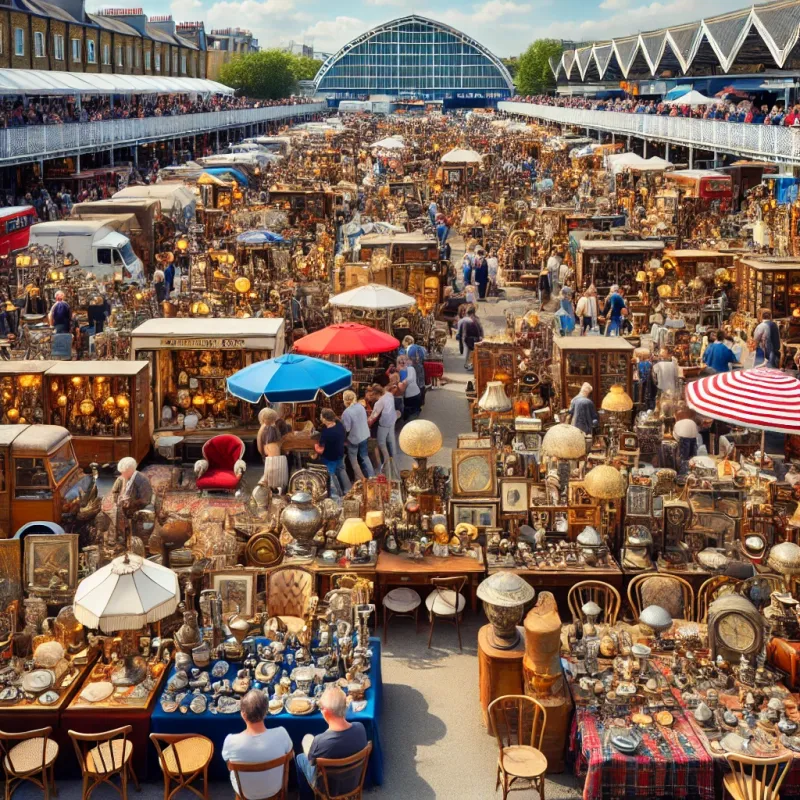 United Kingdom / LondonGallery showsJan 21 - Jan 21, 2025learn more
United Kingdom / LondonGallery showsJan 21 - Jan 21, 2025learn more -
JUNE ART EXHIBITIONS AT LEVY GORVY DAYAN
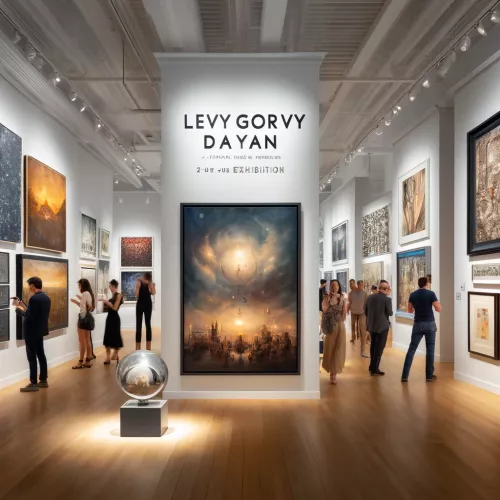 United States / New York CityGallery showsMay 30 - Jun 30, 2024learn more
United States / New York CityGallery showsMay 30 - Jun 30, 2024learn more -
ROUND THE FOUNTAIN ART FAIR
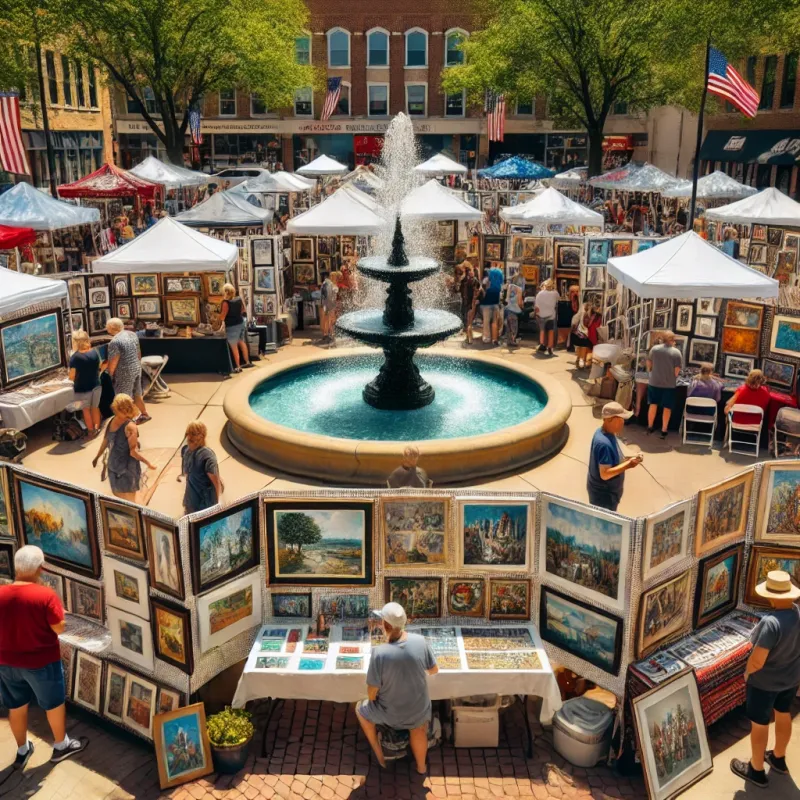 Germany / MunichArt FairsMay 23 - May 23, 2026learn more
Germany / MunichArt FairsMay 23 - May 23, 2026learn more -
DUNWOODY ART FESTIVAL
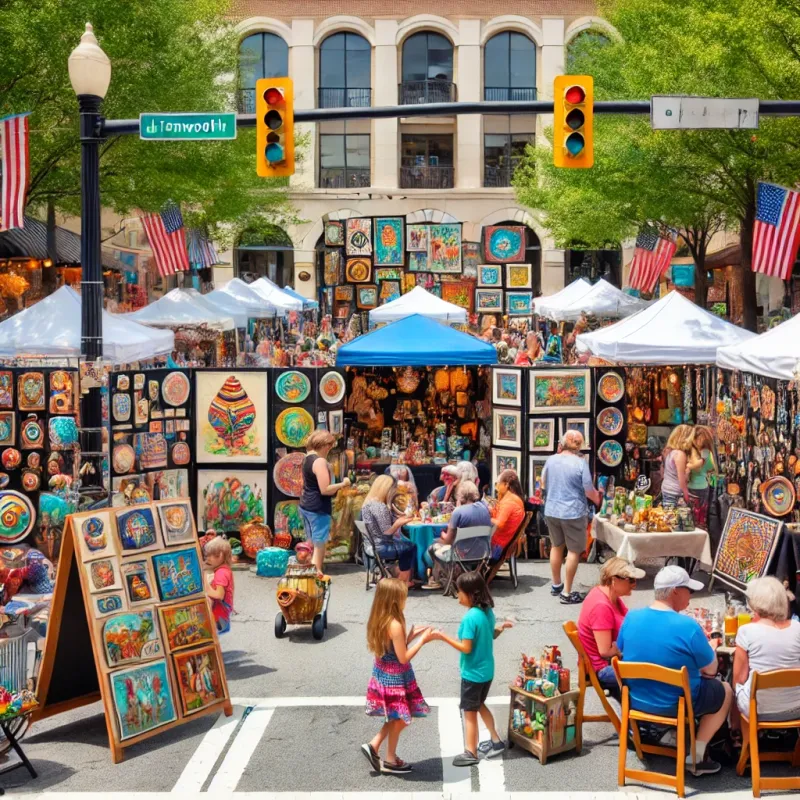 United States / DunwoodyGallery showsMay 10 - May 11, 2025learn more
United States / DunwoodyGallery showsMay 10 - May 11, 2025learn more -
WORLD MONEY FAIR BERLIN 2025
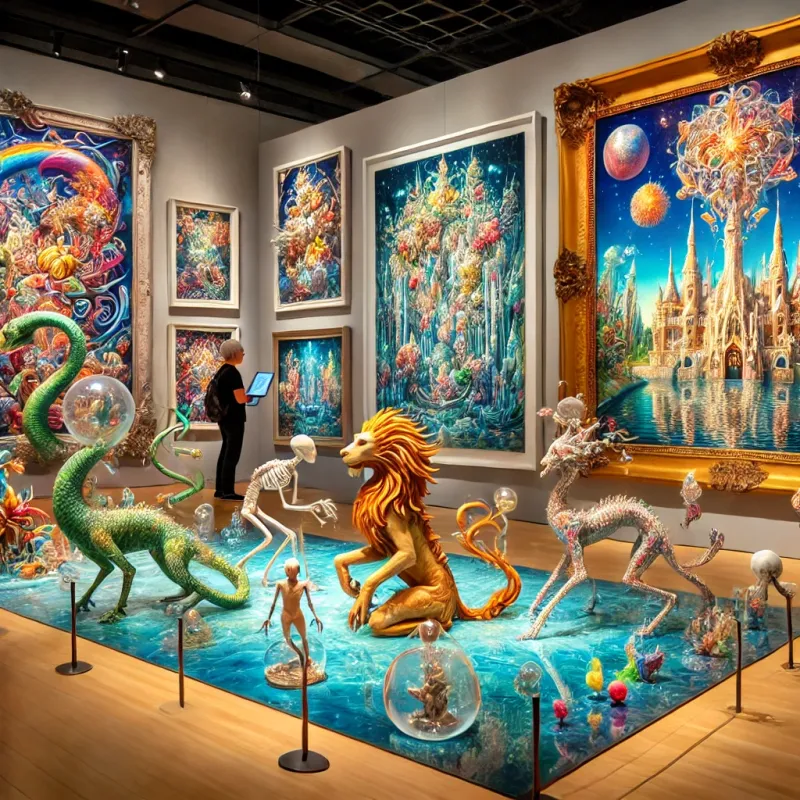 Germany / BerlinCharitiesJan 1, 2025 - Dec 30, 2024learn more
Germany / BerlinCharitiesJan 1, 2025 - Dec 30, 2024learn more -
VAN GOGH MUSEUM - AMSTERDAM: LIVESTREAM ART TOUR PROGRAM
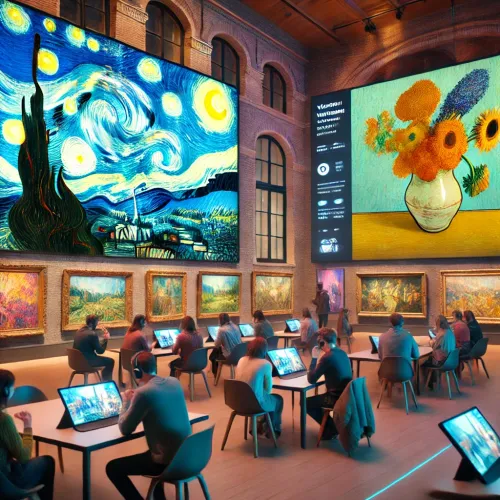 United Kingdom / United kingdomArt FairsDec 14 - Dec 14, 2024learn more
United Kingdom / United kingdomArt FairsDec 14 - Dec 14, 2024learn more -
ART BASEL 2024: PREMIER ART FAIR AT MESSE BASEL
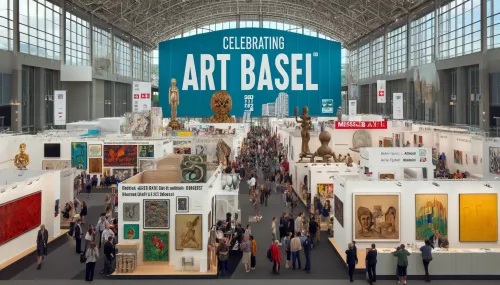 Switzerland / BaselArt FairsJun 13 - Jun 16, 2024learn more
Switzerland / BaselArt FairsJun 13 - Jun 16, 2024learn more -
C.A.R. – CONTEMPORARY ART RUHR 2025
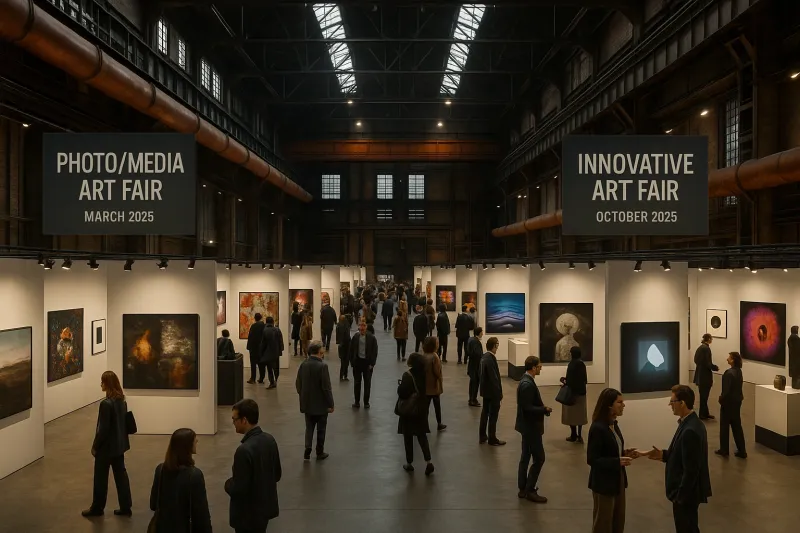 Germany / EssenArt FairsOct 24 - Oct 26, 2025learn more
Germany / EssenArt FairsOct 24 - Oct 26, 2025learn more -
ASTAGURU MODERN INDIAN ART AUCTION
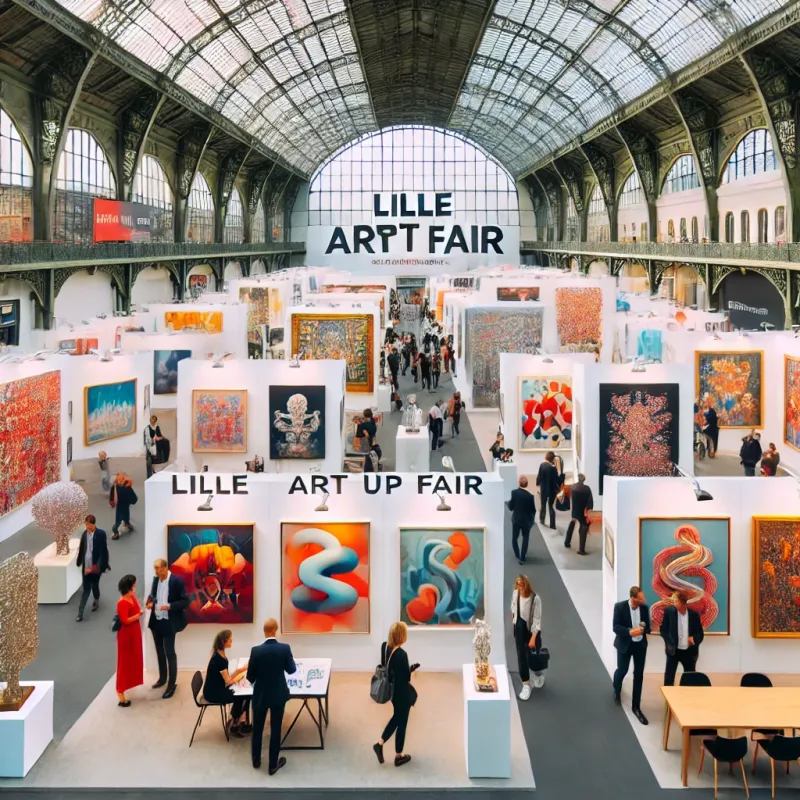 / OnlineArt FairsApr 1 - Apr 30, 2025learn more
/ OnlineArt FairsApr 1 - Apr 30, 2025learn more -
SCOPE MIAMI BEACH
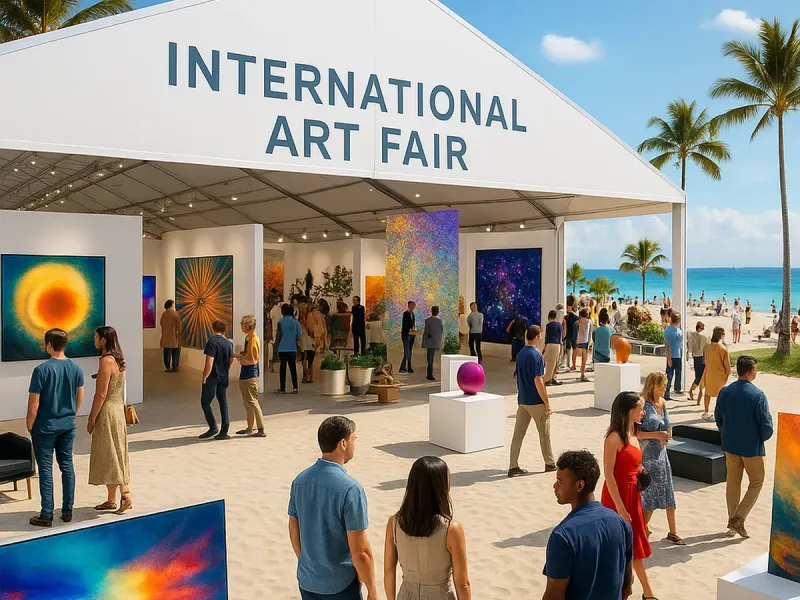 United States / Miami BeachExhibitionsDec 2 - Dec 7, 2025learn more
United States / Miami BeachExhibitionsDec 2 - Dec 7, 2025learn more -
ART UP! – LILLE 2026
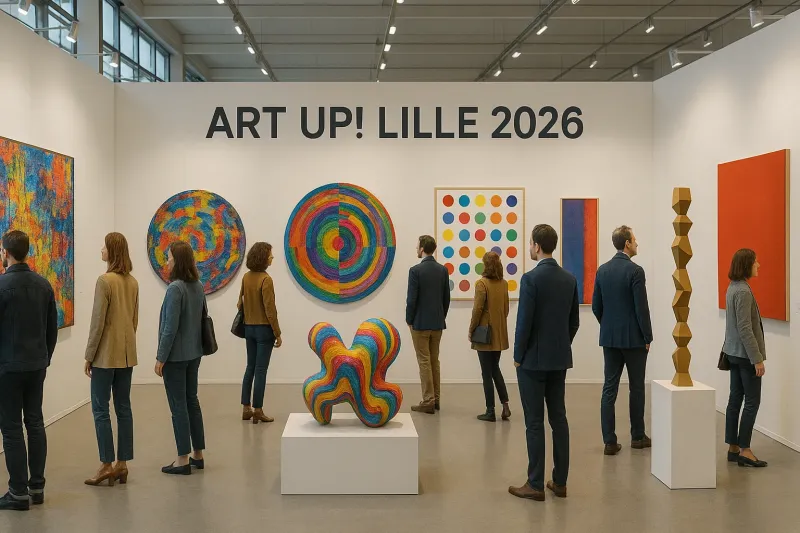 France / EuralilleArt FairsMar 12 - Mar 15, 2026learn more
France / EuralilleArt FairsMar 12 - Mar 15, 2026learn more
Receive 10% on your first artwork
Once a month be the first to know about new trends, artworks and offers


